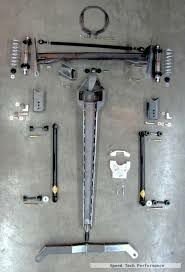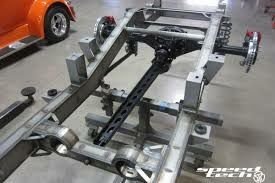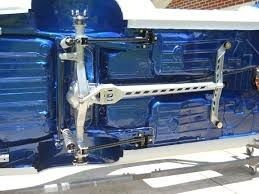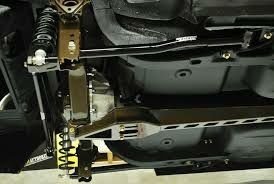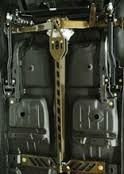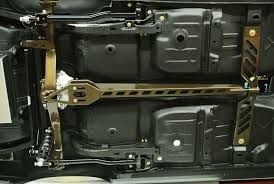HYRDGOON
Well-Known Member
- Local time
- 10:27 PM
- Joined
- Apr 20, 2013
- Messages
- 3,374
- Reaction score
- 2,745
- Location
- Breslau, Ontario, Canada
You guys are nuts hahaha
So was the upper arm length a major deciding factor in traditional 3 link vs torque arm? I've been pretty settled on 3 linking both my cars but I'm stoked to see where this goes. Probably right on the watt's vs panhard deal, watt's would obviously be 100% perfectly centered throughout range of motion, but wouldn't think it'd be a huge difference with that much travel. Or you could just bedazzle us with building your own Watt's link so it's cheap AND perfect! Lol!
You guys might find this interesting, the guy's build is insane in general, and he did some ungodly decoupled TA setup
http://board.moparts.org/ubbthreads/ubbthreads.php/topics/1165278/7.html
Just noticed the Signature at the bottom of the TT Cuda build is CJD Automotive... the same shop doing the "Not a body over" thread! I've pm'd him for input

 .
.

